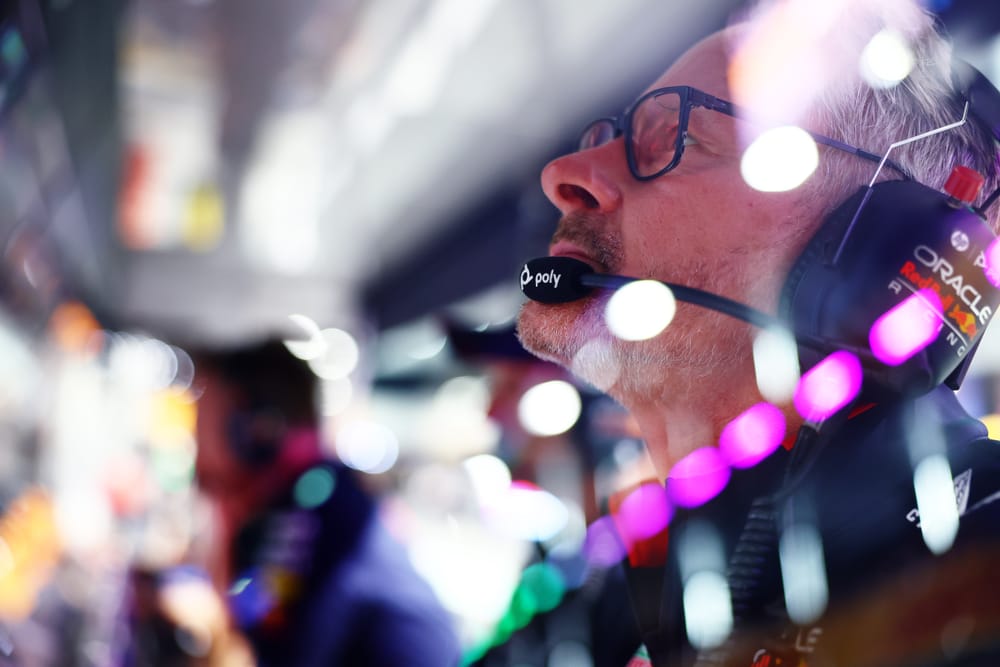Up Next

Recruiting a key Red Bull figure to take up the day-to-day running of Audi’s Formula 1 team is a significant opening gambit from Mattia Binotto.
But the task facing both Binotto and F1’s newest team boss Jonathan Wheatley is a monumental one given Sauber’s current predicament and the gulf between where that team is now and where the potential of Audi should take it.
TARGETING CLEAR WEAKNESSES
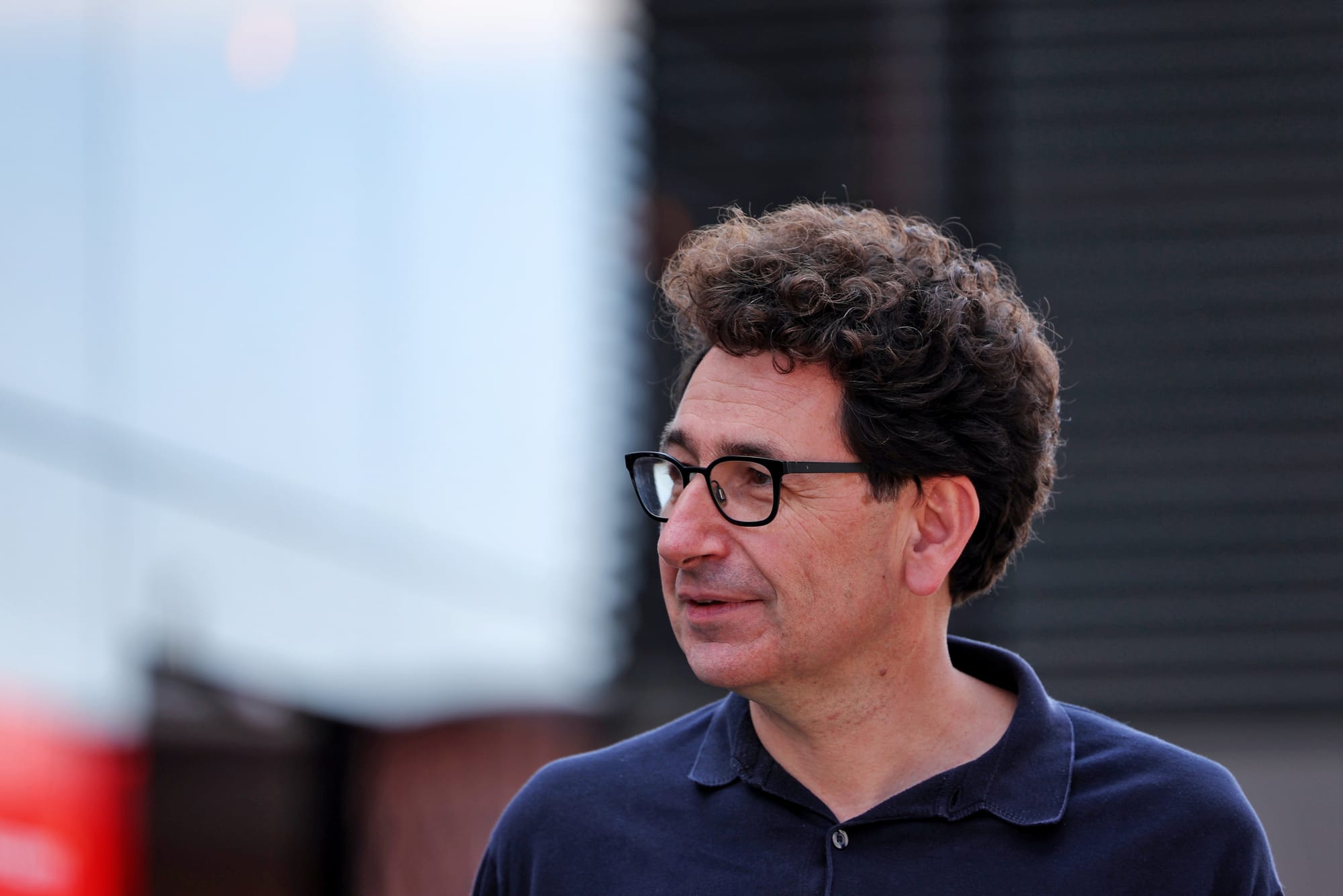
Binotto’s front-footedness in grabbing Wheatley is a good sign for Audi, as it’s an example of proactivity that the team will benefit from, even if it won’t have Wheatley’s services until as late as July 2025.
The organisation will now have ex-Ferrari and ex-Red Bull men in the most senior positions trackside and at base, overseeing the team and project. So now there will be no excuses for failing to identify areas of weakness and improve them.
Binotto and Wheatley will combine to head up the management of the team with a clear division of duties. Binotto is in charge of Sauber management and technical development, and will be responsible for integrating the development of the car and engine across the Sauber and Audi sides respectively. Wheatley will join as team principal and “management spokesperson”, which essentially means he’ll be the public face of the team, as well as focusing on operational management.
Wheatley’s skillset and experience could be tailor-made for addressing some of Sauber’s biggest weaknesses. He’s been absolutely key to making Red Bull the razor-sharp team it is operationally, and Sauber has been the polar opposite to that recently.
On top of the various technical issues holding back Sauber’s progress, there have been plenty of problems with the cars, some well known such as the pitstop problems that have now at least been eliminated by hardware changes, while others linger unsolved.
So while Wheatley deals with that, Binotto can focus on the big red flag over Audi’s project right now, which is that the team it’s taking 100% control of looks lost in these rules.
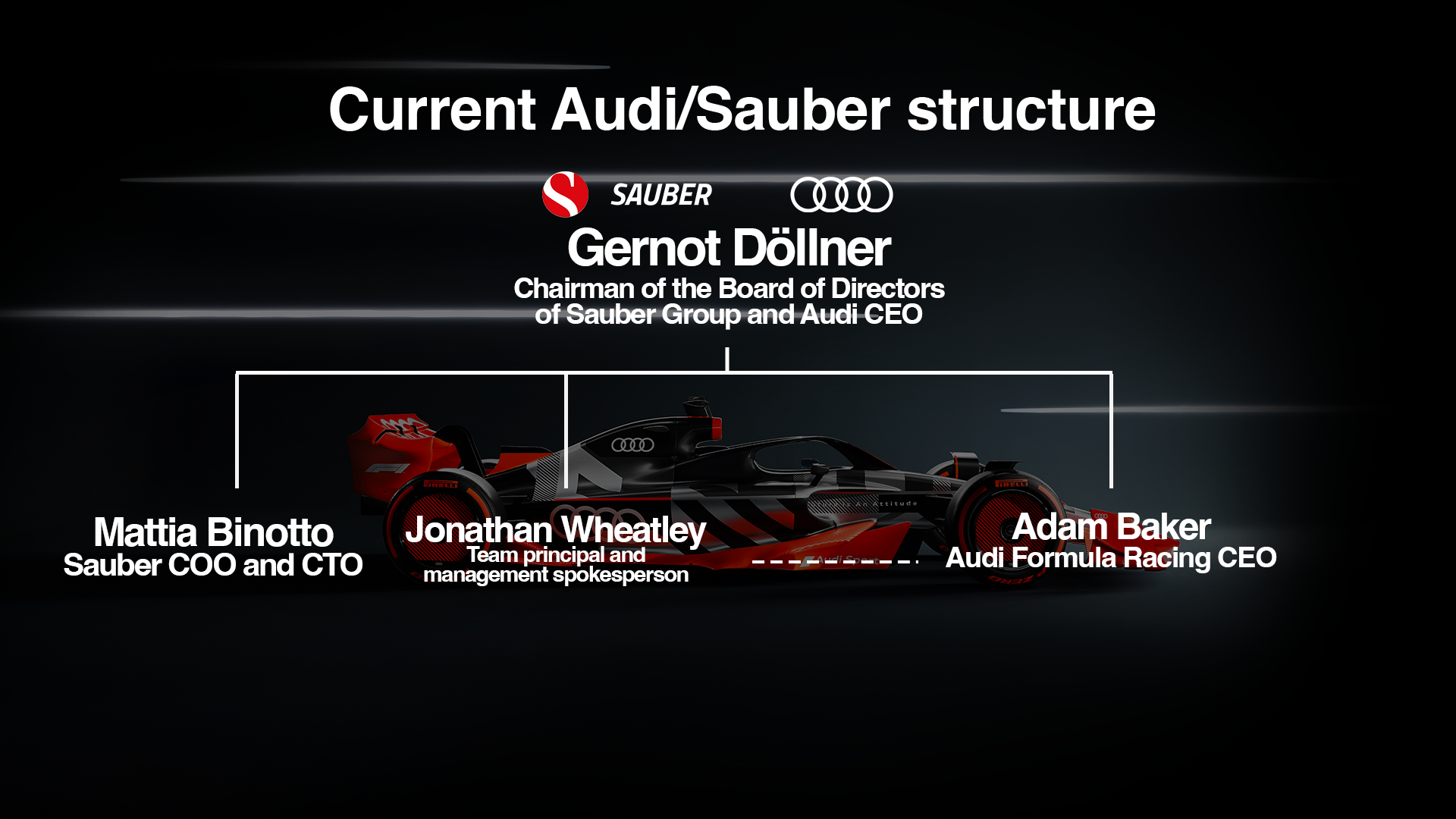
The expectation for this year was for Sauber to get another step closer to the level befitting of Audi's full-on works team in 2026.
Sauber needed to get back more to what it was showing at the start of 2022 when it was a regular point scorer and was on an upward trajectory. But it's fallen so far short of that. Sauber is the only team still without a point this season, and it is failing across the board.

Yes, it’s a close field but Sauber is consistently on the wrong side of it, and that’s really worrying.
These are tricky cars to get the best out of and an area Sauber has consistently struggled in is achieving a car that works across a wide range of corner-speed profiles. That’s reflected by the Sauber being the slowest car on average in 2024, as per the F1 supertimes (calculated by the fastest time per car each weekend).
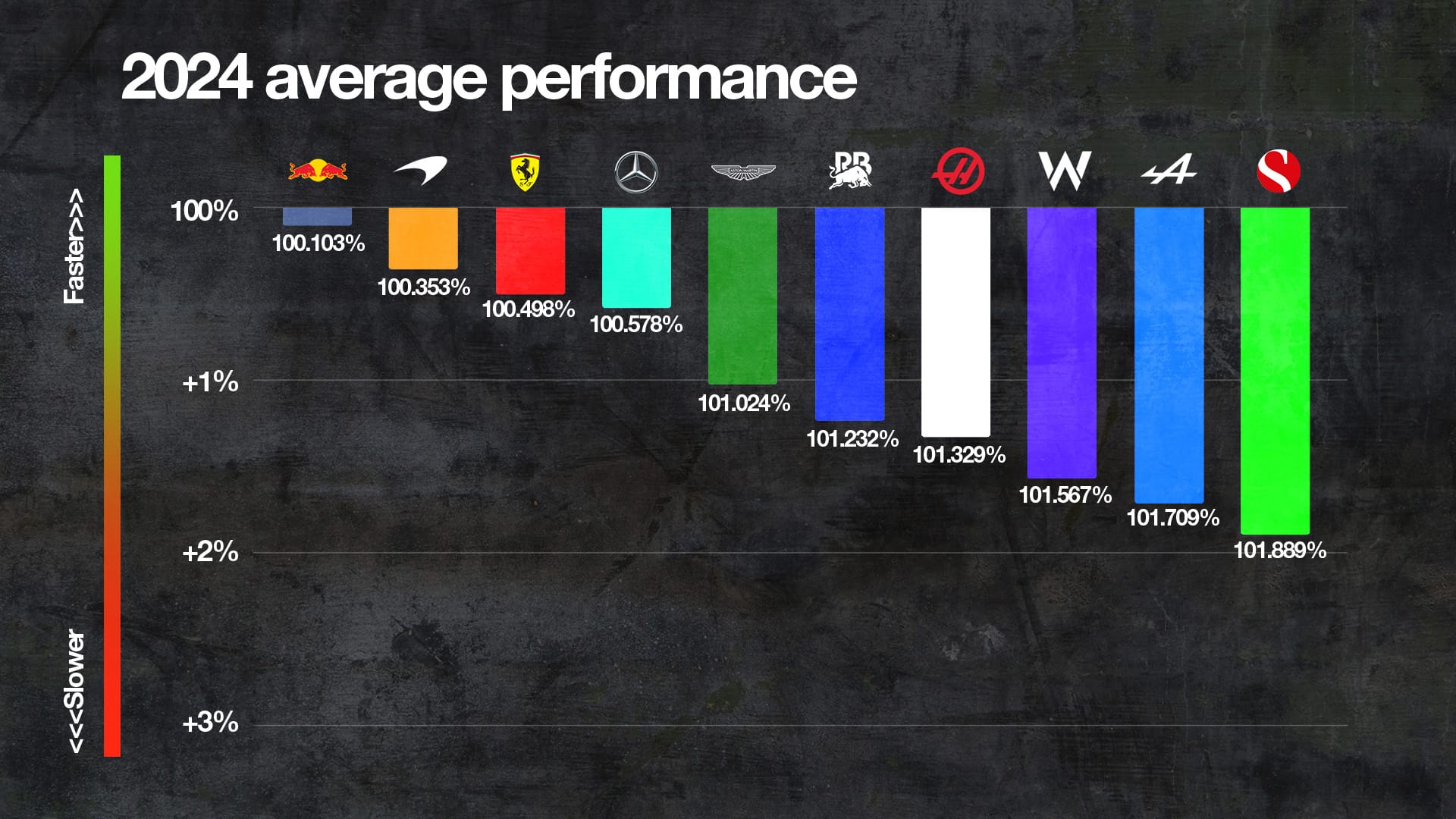
The in-season development has been poor too. Much like in 2022, Sauber hasn’t been able to match the efficacy of the upgrades introduced by its rivals with its own updates. And it was starting from a much lower position in the pecking order this year than it did in 2022, when it even outqualified Mercedes on occasion.
There’s been no such sniff of the midfield heroics that have been a fundamental part of Sauber’s F1 DNA.
You then inevitably have to question whether the structural changes are complete. Binotto has to make sure the team’s key positions are on the same level as Audi’s new team principal in terms of experience and standards, which includes current technical director James Key, an important hire of now ex-Sauber CEO Andreas Seidl.
AUDI’S NEXT PRIORITY
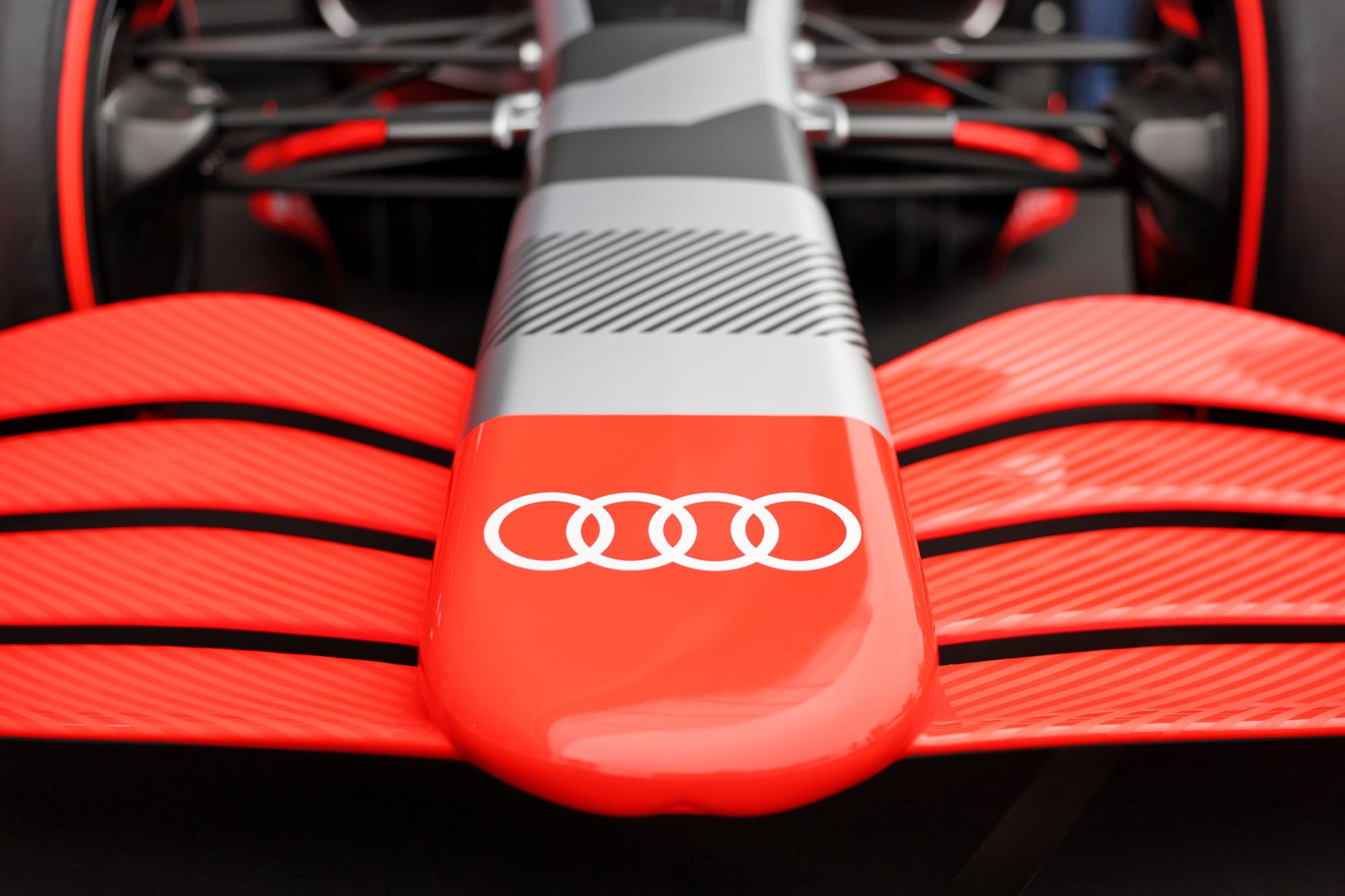
Now Audi’s restructured the management of its F1 project and secured a team principal, the next move will probably be to secure a second driver for 2025.
Carlos Sainz was the key domino in the F1 driver market. He was Audi’s first choice and the fact he’s chosen Williams was a big blow to the project’s credibility, but it can’t just sit around licking its wounds.
While it’s unclear what Binotto’s view is on who should partner Nico Hulkenberg, current Sauber driver Valtteri Bottas is now the obvious option.
He’s now the most accomplished free agent with 10 F1 wins to his name, is still operating at a high level, has the experience the struggling team desperately needs and offers continuity.
The reason Bottas hadn’t been snapped up already wasn’t just because it was waiting on Sainz. Seidl didn’t seem keen on Bottas at all. And Bottas seemed to feel like he was being frozen out.
But a lot has changed since then. Sainz has gone elsewhere. Seidl’s been replaced. Esteban Ocon’s committed to Haas.
Regardless of whether Binotto is a big believer in Bottas, the situation is simple: Bottas is interested and Sauber’s other options are limited.
Audi would have to choose from drivers such as Bottas’s current team-mate Zhou Guanyu or outgoing Haas driver Kevin Magnussen, or rookies such as Sauber protege Theo Pourchaire. Seidl was pursuing Liam Lawson in case the Red Bull junior became available but Binotto’s expected to want someone more experienced.
What’s not entirely clear is what the timeline for any Sauber decision is. In the midst of a two-week summer shutdown, the situation might be temporarily frozen until the field reconvenes at Zandvoort.
THE OVERSHADOWED PART OF AUDI
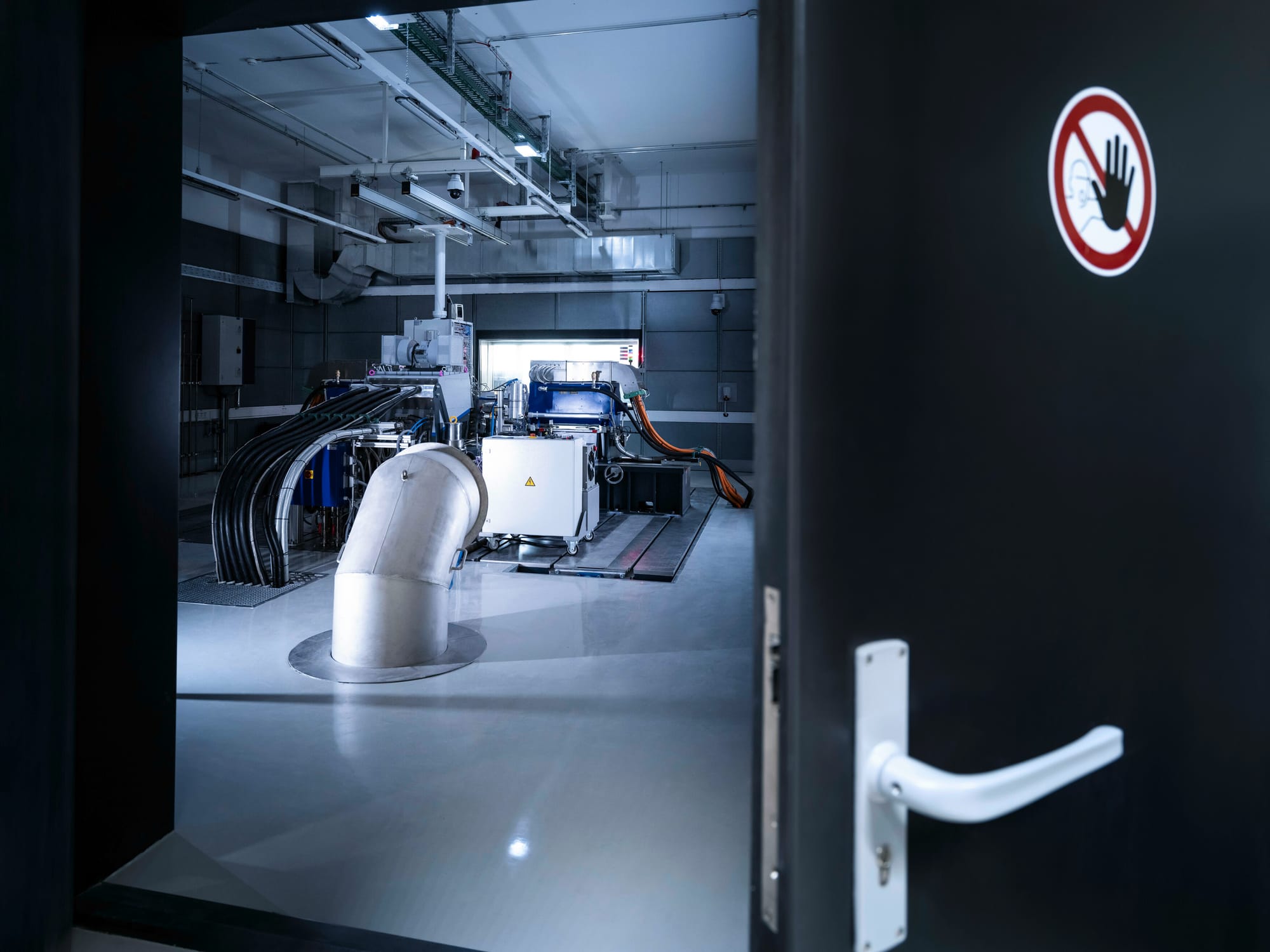
There’s been so much going on with the team side of things that a key part of the Audi project has barely been discussed lately: the engine.
The engine programme is advanced, and progressing well, or so the team claims. This is the part of the narrative Audi can control the most and everything it has revealed is quite bullish.
Audi has secured its first official partner of 2026 with an exclusive technical alliance with BP and Castrol for fuel and lubricants. BP will develop the new 100% sustainable fuel for Audi which is significant for optimising the V6 engine development.
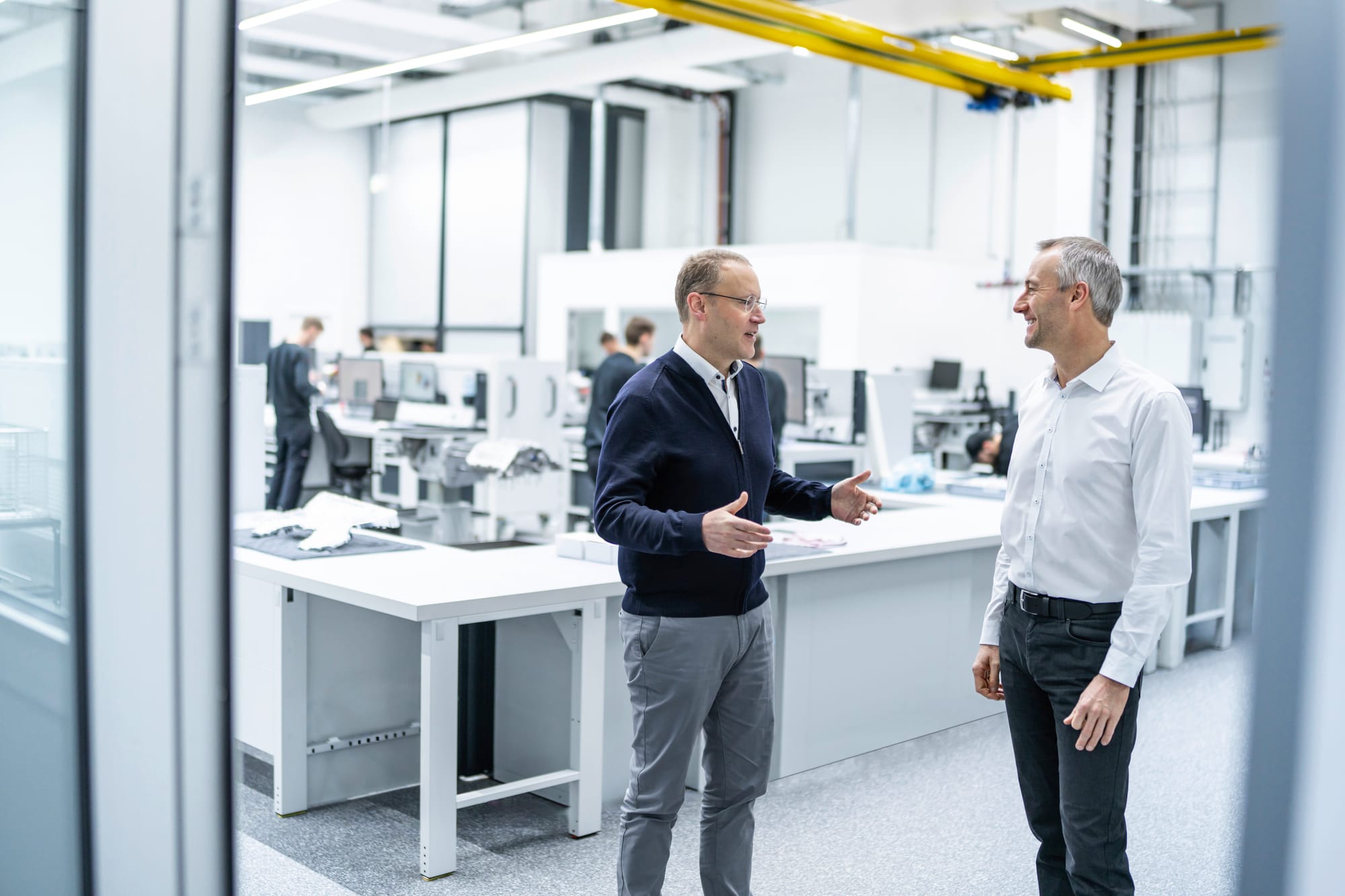
Audi’s engine boss Adam Baker (above, right) claims there’s already an impressive number of different fuel variants that have been tested to date as it uses three single-cylinder test benches intensively for fuel development.
A complete engine is “running dynamically” on the test bench comprising the V6, electric motor, battery and control electronics. It has already covered simulated race distances, as a lot of testing time was completed with individual components last year. Soon it’ll do the same with the engine combined with the transmission.
Different tracks have been simulated to test different things, like the high-speed Las Vegas circuit aiding development in overall energy management. Other tracks that have been used include Silverstone and the Red Bull Ring.
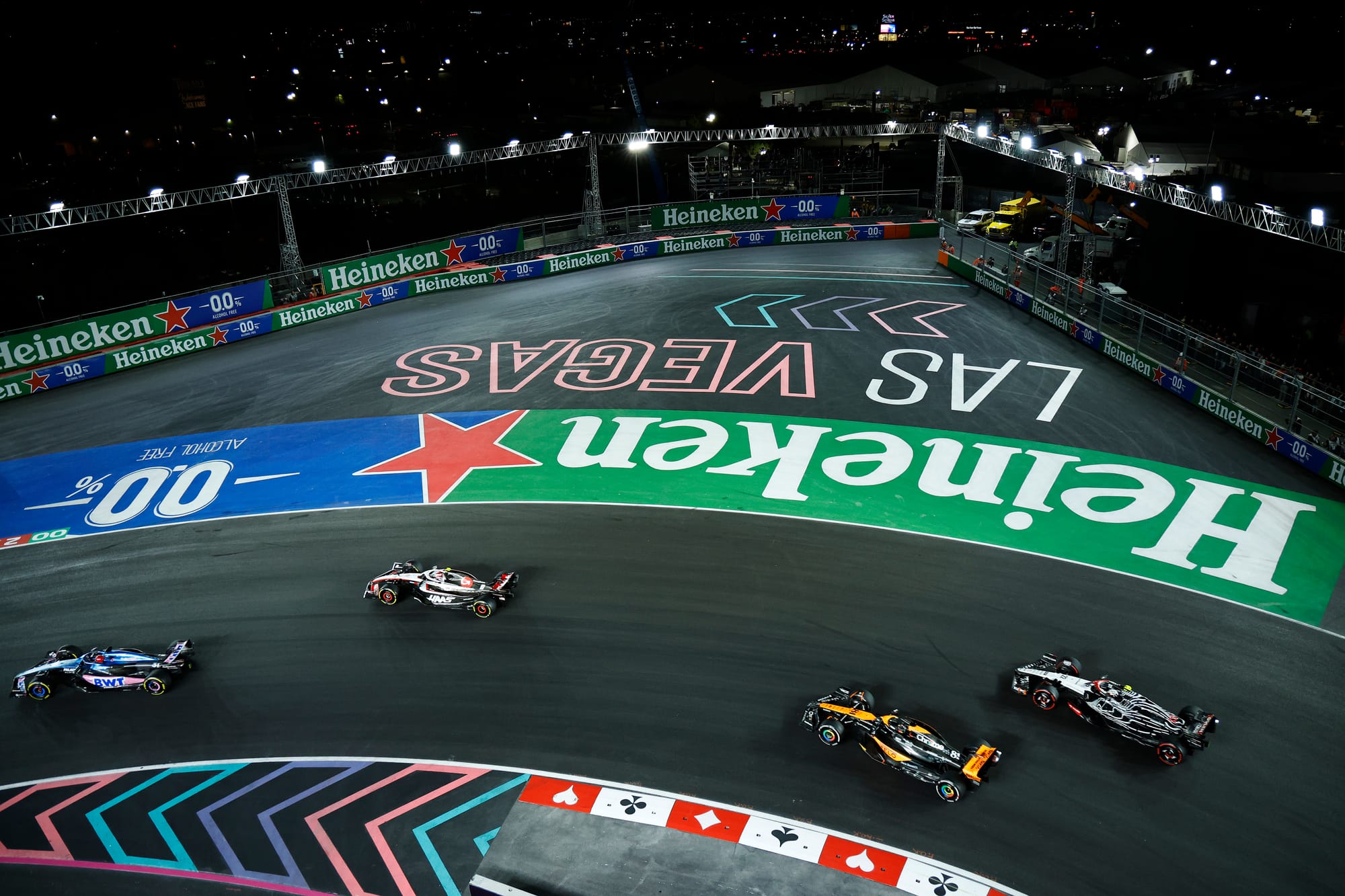
What will be critical for this project is how the engine side in Germany and team headquarters in Switzerland work together so that they aren’t really different sides at all. That is always tricky when there is a significant geographical divide – just look at how Renault has failed miserably at properly integrating its Enstone team base in the UK and Viry engine facility in France.
Audi says it started a 2026 concept team at Sauber in January 2023, which has intensified now that car regulations exist for 2026, even though they are primitive and subject to change. And Audi is clearly pleased with the results so far, claiming it has “achieved all the targets we set ourselves” for performance and efficiency at this stage of development.
If this is really going as well as Audi claims, it’s up to Binotto and Wheatley to make sure that’s not let down by the Sauber side being a failure.


